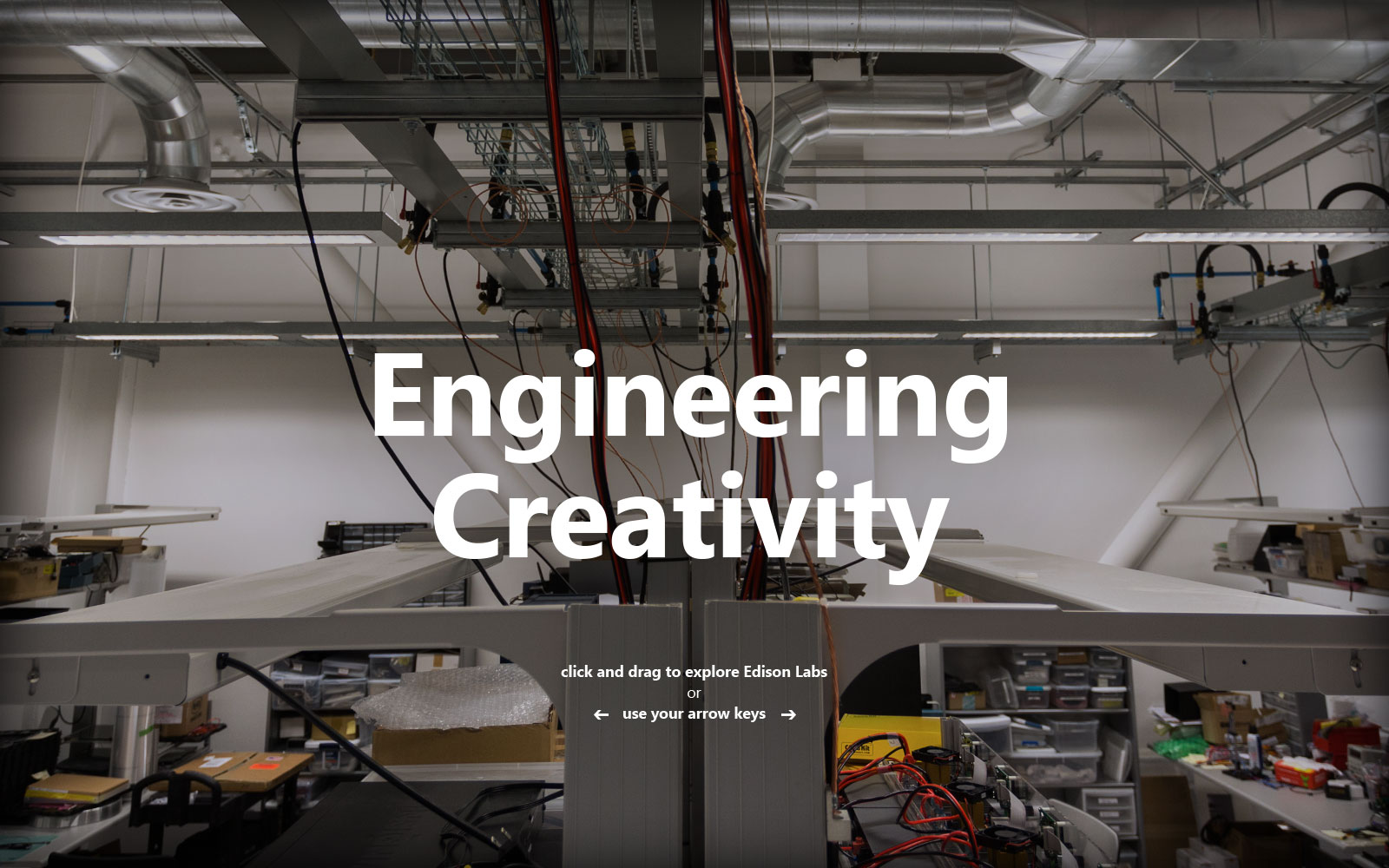Engineering
Creativity
Edison Labs
The path to virtual
teleportation
Explore the future with Edison Labs
Human-computer
interaction
Computers understand us by taking in light,
soundwaves, touch and pressure.
-
Step 01

Change how light travels in and out of computers
01 StepOptics Researchers
Design lenses and other equipment that utilize the properties of light
-
Step 02

Find materials that better transmit light
02 StepMaterial Scientists
Discover and create new materials for lenses and displays
-
Step 03

Locate and identify a signal — such as a human face
03 StepComputer Vision Scientists
Teach computers to see and filter necessary data via cameras
-
Step 04

Recognize and understand human touch
04 StepTouch and Pressure Researchers
Read capacitive touch, pressure and distinguish one finger from multiple fingers
-
Step 05

Turn light photons into digital signals
05 StepElectrical Engineers
Build circuits to convert what a computer sees into something it can understand
-
Step 06

Make signal interpretation faster
06 StepParallel Computing Optimizers
Leverage multicore computing to improve signal processing speed
-
Step 07

Make computing faster
07 StepMechanical Engineers
Innovate physical computers to better take in and produce data
-
Step 08

Return data to humans in an understandable way
08 StepResearch Software Development Engineers
Utilize sensors, displays and algorithms to interact with end users
Edison Labs facts
-

Surface Touch Cover: Pressure sensitivity, lightning-fast sampling and multi-touch make the cover work like a keyboard — even without any moving parts.
-

Surface: The original “Pixel Sense” multi-touch project started on the Edison Labs team. It’s not a stretch to say that this group invented the Surface.
-

MS Touch Mouse: They built the high-resolution scroll wheel, tilt wheel, optical tracking and the pointer ballistics algorithm for moving the mouse cursor.
-

ASG has three robotic arms (with six degrees of freedom), none of which you want to arm wrestle (they’re known as ‘the widow makers’).
-

Access to their computer vision lab is controlled by iris recognition technology built by the team.
-

They have an industrial embroidery sewing machine for the next generation of smart fabrics that they’re planning to introduce.
-

Team members were born in nine different countries and speak six languages.
-

There is a published fiction writer, a special forces soldier and a pro ping pong player on the team.
-

A fifth of the team ride their bikes to work every single day, rain or shine.












